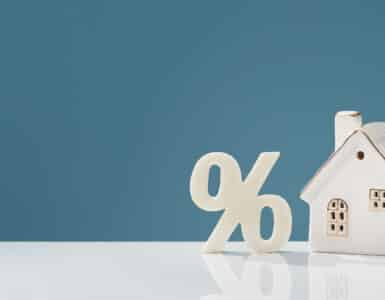Do one thing: Thinking of buying a home in the next few years? Set up a meeting with a lender to get an idea of how much you’ll need to save to qualify for a mortgage. As for additional costs over and above the primary mortgage.
Mortgage insurance – sometimes called Private Mortgage Insurance, or PMI for short — may not be what you think it is, or cover what you think it should. So if you are in the market to buy a new home – or maybe in the next few years – it’s good to know how this form of protection could potentially impact your ability to get a loan and how much your monthly loan payments may be.
What is Mortgage Insurance?
Mortgage insurance is typically required by lenders when a home buyer won’t be able to put down 20% of the purchase price of the home. Designed to protect the lender – not the buyer – its roots date back more than 140 years when financial institutions began loaning money to borrowers in the United States in the 1880s. Bottom line, mortgage insurance is an additional amount of money you may be required to pay each month above the cost of your mortgage.
How Does Mortgage Insurance Work?
A lender usually arranges for PMI as part of a loan package, when needed, and it’s provided by a private insurance company. That means you usually won’t have to go out and find a separate financial institution to provide this coverage.
Why it Matters
With interest rates still high and home prices elevated in markets across much of the U.S., how much of your income you will be required to pay for a loan is more important than ever.
Advocates say PMI is a way to help those who might not otherwise be able to save the money needed for a 20% down payment to realize the dream of homeownership. U.S. Mortgage Insurers, a trade group that advocates for mortgage insurance companies, tracks how many Americans are impacted annually by private mortgage insurance.
According to its data, nearly 800,000 home buyers were able to purchase a home with the use of private mortgage insurance. Among that group:
-
Nearly 63% were first-time homebuyers
-
Almost 35% had incomes below $75,000
-
The average loan amount with mortgage insurance was $345,000
Here’s a quick reference guide to highlight the top three things you need to know about how mortgage insurance impacts those who utilize it:
-
Mortgage Insurance Doesn’t Protect You. As we mentioned previously, the person receiving the home loan from a lender is responsible for covering the additional cost of mortgage insurance even though it doesn’t protect them if they can’t make the loan payments. On top of PMI, lenders may require buyers to purchase a separate homeowner’s insurance policy to protect the property, according to the Consumer Finance Protection Bureau.
-
You May Have to Purchase PMI When Refinancing. There’s even more fine print you should be aware of when it comes to private mortgage insurance and refinancing a current loan. The CFPB notes the requirement to purchase PMI also can apply when refinancing a conventional loan if your equity is less than 20% of your home’s value.
-
You Can Cancel PMI. There’s some good news here. Private mortgage insurance usually doesn’t last forever. And, thankfully, homeowners have the option of asking their lender to drop the PMI when the balance falls to 80% of the original value of a home. (If, of course, you have made all of your payments on time, among other requirements.)
Even better: If you make extra payments to lower the principal balance of your mortgage to 80% of the original value of your home, you can ask to have the PMI canceled earlier. There are – you guessed it – exceptions.
With reporting by Casandra Andrews






